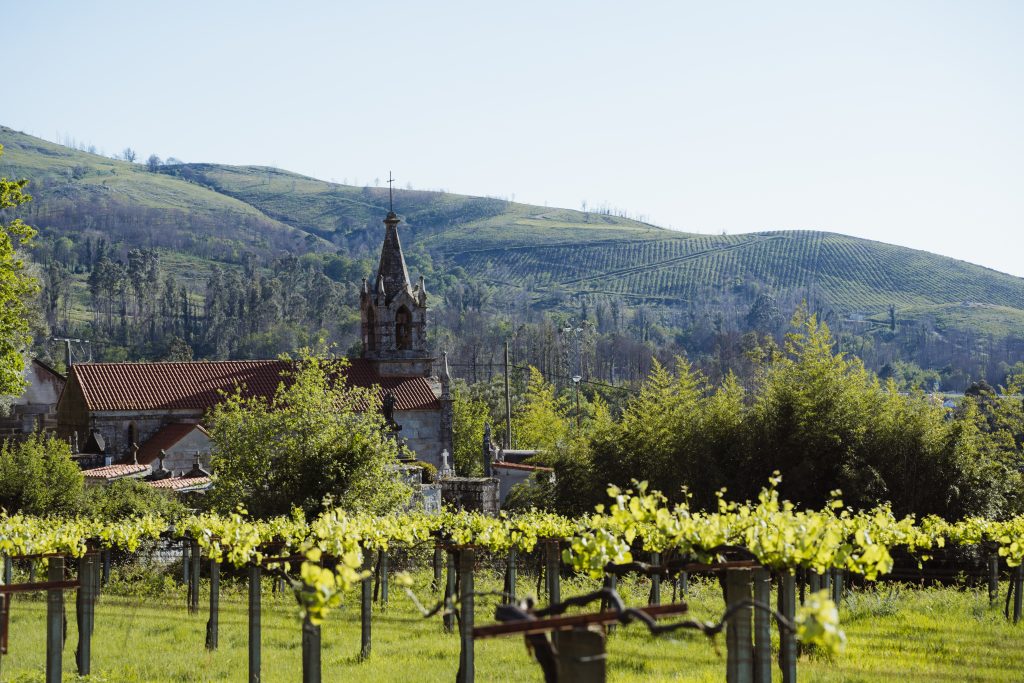Rías Baixas offers us some of the best examples of Galician wines. How much do you know about this Designation of Origin? Here you will find everything you need to know as a good wine lover.
A bit of geography…
The Rías Baixas Designation of Origin is located in the extreme northwest of Spain, in the southern regions of Galicia, between the Arosa estuary and the right bank of the Miño river. With an average altitude of less than 300 metres, the almost 3,700 hectares of vineyards extend close to the sea and the lower stretches of the river courses.
In Rías Baixas, five production sub-zones can be clearly distinguished: Val do Salnés, on the left bank of the Arosa estuary; Condado de Tea, along the right bank of the Miño; O Rosal, in the lower reaches of the Miño; Soutomaior, at the bottom of the Vigo estuary; and Ribera de Ulla, which encompasses a series of valleys that extend around the Ulla river basin.

In general, the entire DO Rías Baixas enjoys an Atlantic climate, tempered by the proximity of the sea, with high humidity, mild temperatures and few contrasts and very abundant rainfall (around 1600 mm per year). Sandy, shallow and slightly acidic soils abound, with granite as the predominant rock.

Albariño, the star variety
In Rías Baixas wines, the Albariño variety stands out, as this is where it expresses itself best, with floral and herbal aromas and a refreshing acidity. Other white varieties such as Treixadura, Loureiro, Torrontés and Caiño Blanco, together with Albariño, are used in the non-varietal wines, giving the wine floral sensations and elegance.
Red wines, which are under-represented, are becoming more and more popular and the following varieties are used: Caiño Tinto, Sousón, Mencía, Espadeiro, Loureiro Tinto, Brancellao.






